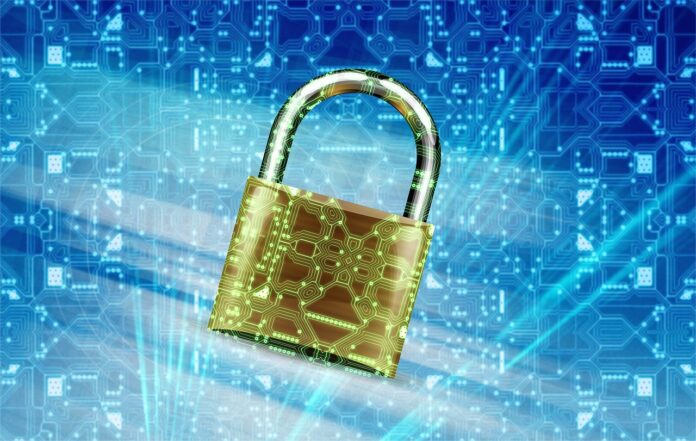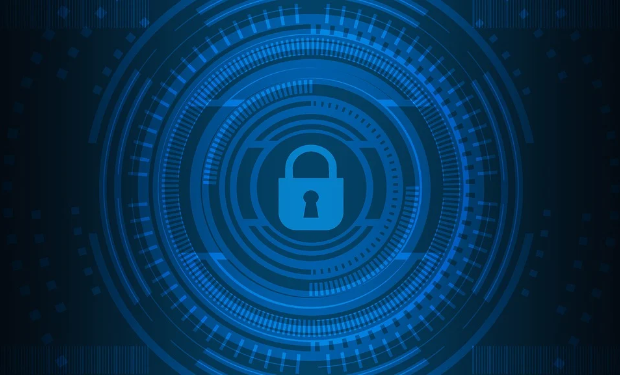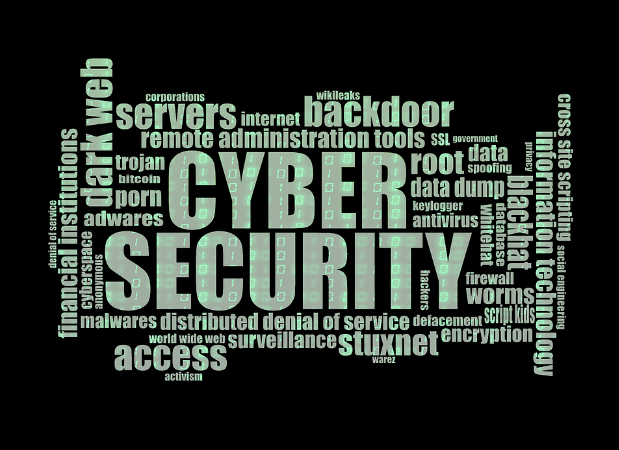When it comes to data safety, there are a few extra precautionary steps you need to take when you’re working with sensitive data. Unlike regular data, which can usually be stored in the cloud or on an unsecured server, sensitive data needs to be kept in a more secure location. Here are a few tips for keeping your sensitive data safe and secure.
Hiring ProfessionalsÂ
When it comes to important safety protocols, professionals who understand the systems will help you a lot. This is the best thing you can do in order to enhance data security and safety. Some businesses might not want to spend the money on hiring these professionals.Â
However, it is worth every penny when you think about the importance of your data. Do not take any chances with something as important as this! Your business could be at risk if you do not have the proper safety protocols in place. Hiring professionals is one of the best things you can do to protect your data.Â
Data EncryptionÂ
You’ll want to encrypt all your important data, whether it’s stored on your computer or in the cloud. Data encryption is a way of scrambling data so that only authorized people can read it. There are many different ways to encrypt data, but one of the most common is to use a key.Â
A key is a code that locks and unlocks data. The data encryption key is like a secret password that gives access to the data. The key must be known only to authorized users. If someone tries to access the data without the key, they will not be able to read it.Â
Data encryption is important because it helps protect information from being accessed by unauthorized people. It also helps ensure that data is not altered or destroyed accidentally or by malicious software. Another great option can be a quality MSDS management provider, which can help you set up proper data encryption protocols and ensure that your data is always safe. This can save you time and effort, as well as provide peace of mind knowing that your data is secure.
Strong PasswordsÂ
You should create the strongest possible passwords for all your files that contain sensitive data. To do this, follow these steps:
* Use a mix of letters, numbers, and symbols in your passwords.
* Avoid using easily guessed words like “password” or your name.
* Make your passwords at least eight characters long.
* Use different passwords for different accounts.
* Change your passwords regularly.
By following these steps, you can help ensure that your data is as safe as possible from hackers and other online threats. Strong password protection is an important part of keeping your data safe, so don’t overlook it!Â
Data MaskingÂ
Data masking is the process of obscuring data so that it cannot be easily understood or accessed. This is often done to protect sensitive data from being seen by unauthorized people, such as in the case of medical records or financial information.
There are several different types of data masking. The first one is randomization. This is the process of replacing data with random values. For example, a social security number might be replaced with a randomly generated number.
You can also conduct tokenization. This means that you’ll be replacing data with a token, which is a value that cannot be decoded back into the original data.
Whichever method you use, data masking is a great way to protect sensitive data. It’s important to be aware of the different types of data masking and how each one works so that you can choose the best method for your needs.Â
Creating BackupsÂ
Backing up your data is one of the most important things you can do to protect it. There are a few different ways you can go about creating backups, and each has its own advantages and disadvantages.Â
The most important thing is to make sure that you have at least two copies of your data in case one gets lost or damaged.
One way to create backups is to use an external hard drive. This is a good option because it’s relatively inexpensive and easy to set up. The downside is that if your computer crashes or is damaged, your backup will be lost as well.
Training Users Â
Make sure that everyone who uses the data understands what it is, how to handle it, and why it needs to be treated carefully. This might mean training users on handling sensitive data or providing them with information about the company’s policies.Â
You can also consider role-based training, which can help employees understand their specific roles in protecting data. By training users and making them aware of their responsibilities, you can help create a culture of security that will protect your data.
Data safety is essential, especially when it comes to sensitive files. You’ll have to hire professionals and encrypt it the best way you can. Use strong passwords and mask your sensitive data so that people cannot find it. Create backups in case anything gets lost and teach all the users how to handle and protect it. This will give you peace of mind and help you sleep easier!
























